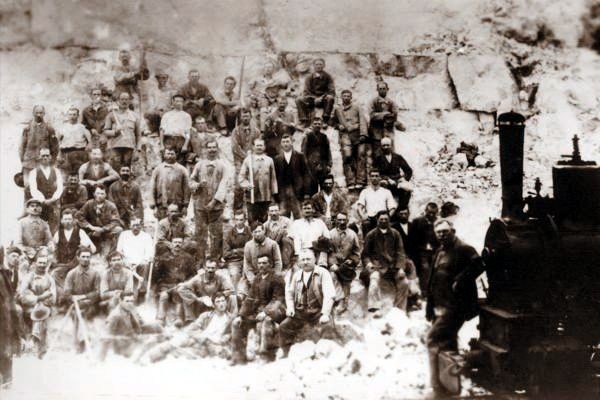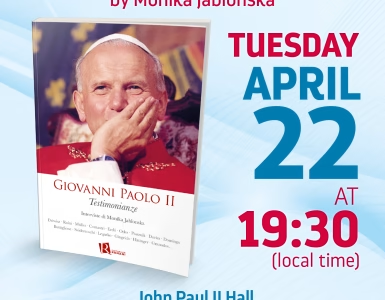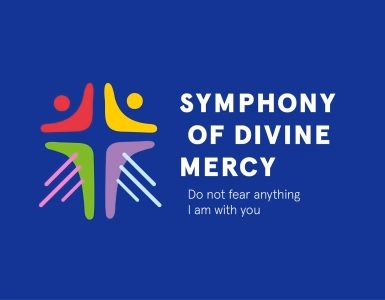As a young man, the Holy Father worked in quarrying. He knew what hard work meant. Perhaps this is also why he was deeply impressed by what was happening in Poland, seeing on television workers confessing on the street before receiving Communion, looking at the image of the Black Madonna at the gate of the shipyard. In particular, he was struck by the great novelty presented by this popular movement and indeed the ethical dimension of the protest. A protest inspired primarily by human dignity, freedom, the concept of work that, in the name of new solidarity, went beyond the old pattern of the “social issue” based on the concept of class, the contrast between capital and class, as he wrote in his encyclical ‘Laborem Exercens’.
On August 30, 1980, after sixteen days of strikes, a social agreement between employees and the government was signed first in Szczecin and the next day in Gdansk. Polish leaders were given a firm order from Moscow to sign the agreement: these agitations had to be put to an end. There was a fear that they would spread to other communist countries. Indeed, just twenty-four hours after the signatures were signed, the Kremlin immediately began to come up with the best strategy to block the plague in the embryo.
Days passed and the situation became more and more dramatic. There was a real danger of invasion of Poland. It was then that the Holy Father decided to take a bold, unprecedented step: on December 16, that December, he wrote a letter to the Soviet leader, Leonid Brezhnev. “The nation that suffered so much during the last war and shed so much blood has the right to self-regulation and freedom.” The Pope was clearly alluding to the Nazi aggression of 1939. But, indirectly, he also wanted to recall that at the same time Poland experienced the invasion of the Red Army from the east.
However, John Paul II never received a response. This was the action method of the communist leaders at that time.
With the permission of Cardinal Stanisław Dziwisz – “At the side of the Saint”
St. Stanislaw BM Publishing House, Krakow 2013





